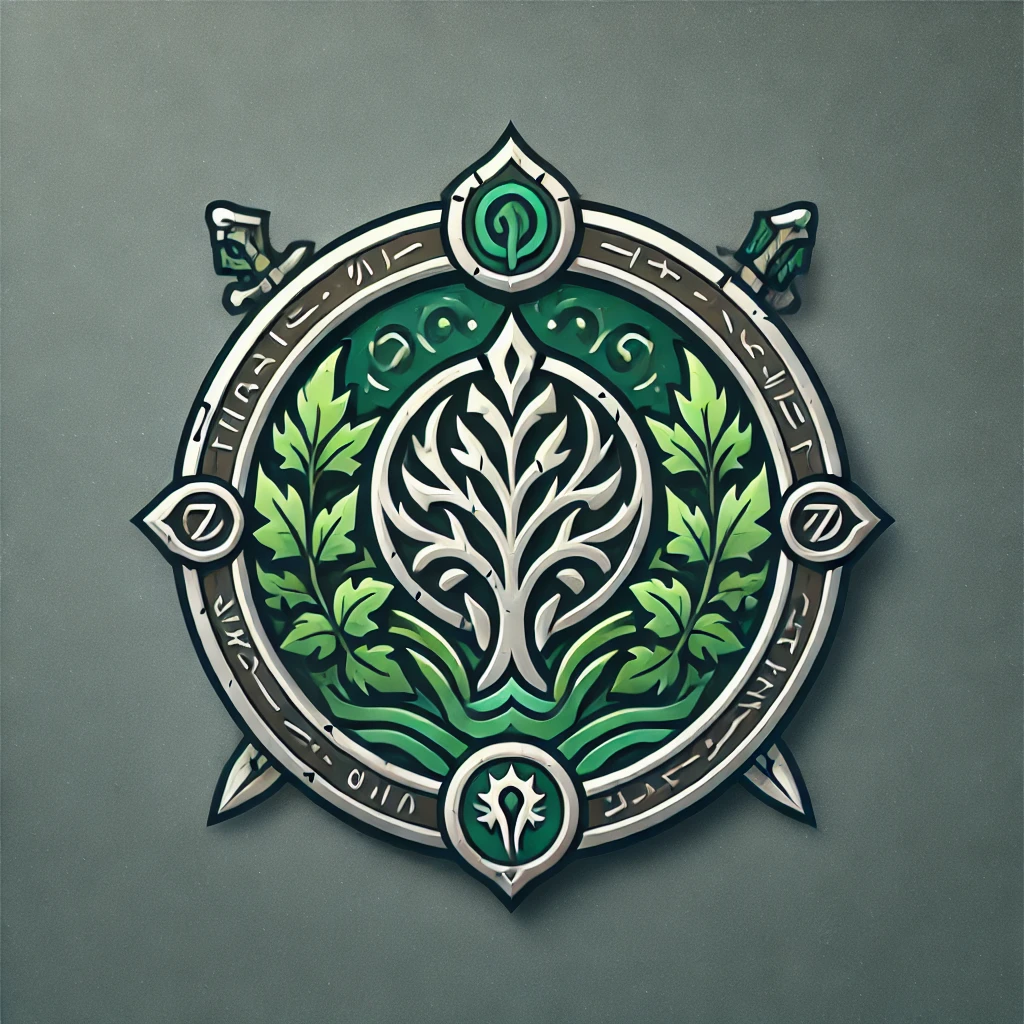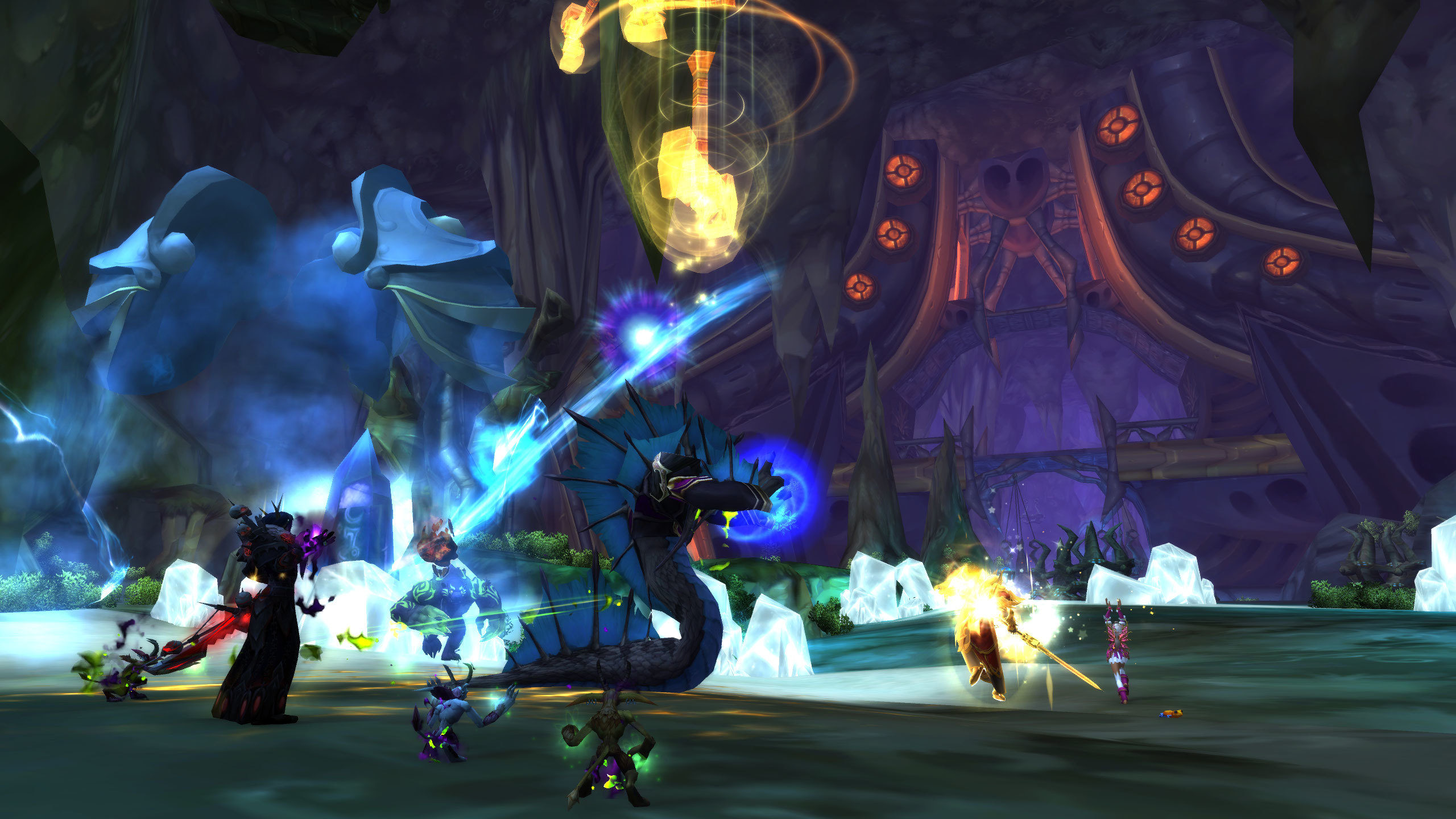From day one, World of Warcraft has been shaped not just by Blizzard’s design—but by its players. Nowhere is that more evident than in the addon community. What began as small convenience scripts evolved into a vast ecosystem that defines how millions experience the game. Addons don’t just enhance gameplay—they’ve become an integral part of WoW’s identity, quietly shaping its evolution for nearly two decades.
This article explores how addons turned from optional tools into the unofficial backbone of WoW, transforming everything from raids to roleplay.
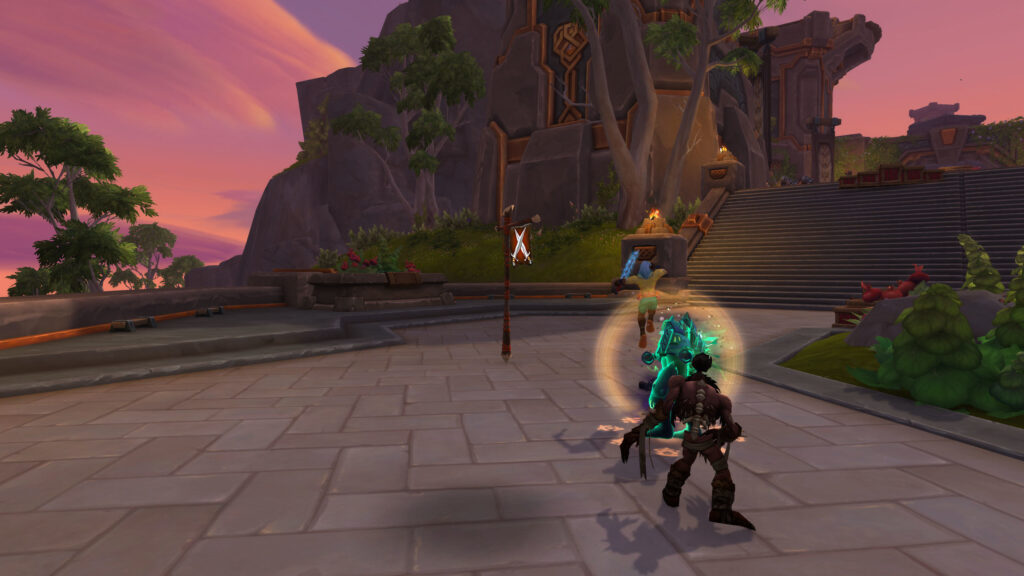
The Humble Beginnings of Customization
In Classic WoW, early addons were simple quality-of-life tools—damage meters, threat trackers, or bag sorters. Players with coding knowledge began tweaking Blizzard’s Lua-based UI, creating small scripts to make gameplay smoother. The movement spread quickly. Suddenly, information that was once hidden—like healing output or boss abilities—became visible. Addons democratized game knowledge, making players smarter and more efficient.
With a few lines of code, the community began shaping the game in Blizzard’s shadow.
The Rise of Raid Optimization
As raids grew in complexity, addons became essential. Deadly Boss Mods and later BigWigs changed everything, turning unpredictable fights into choreographed performances. Addons like WeakAuras empowered players to create custom visual alerts, pushing awareness and coordination to professional levels. For many, raiding without addons became nearly unthinkable.
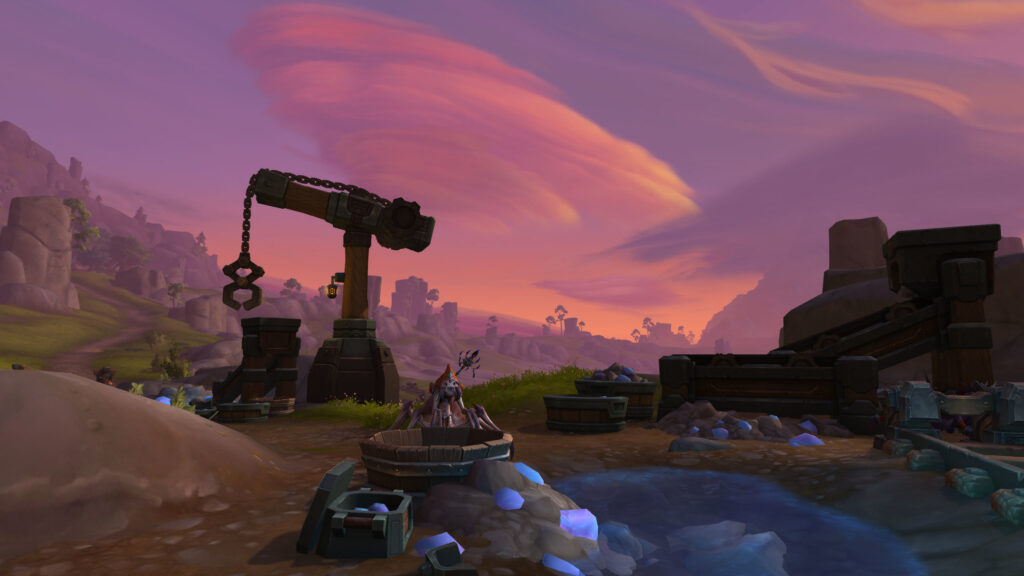
In time, Blizzard began designing encounters with addons in mind—an acknowledgment that the community had become part of the design team.
Blizzard’s Love–Hate Relationship
While Blizzard embraces many addons, the relationship hasn’t always been smooth. Some addons pushed boundaries, automating actions or trivializing mechanics. Others introduced accessibility innovations Blizzard later built into the base UI. Over the years, developers learned to strike a balance: maintaining challenge while preserving customization. The addon ecosystem became a proving ground for future design ideas.
Many of today’s official features were born from yesterday’s community experiments.
- QuestHelper → inspired the integrated quest-tracking system.
- GearScore → evolved into Blizzard’s item level indicator.
- Recount/Skada → paved the way for built-in damage reporting tools.
- Healbot/Grid → influenced Blizzard’s raid frame layout.
- WeakAuras → continues to inform encounter readability and design.
The Addon Economy
Behind the code lies a vibrant subculture. Addon creators maintain projects for free, supported only by community donations and passion. Over time, addon management platforms like CurseForge and Wago.io became essential infrastructure. These sites host thousands of addons, updates, and profiles shared worldwide. For many players, installing addons feels as natural as logging in—they’re part of the ecosystem, not apart from it.
The community became a second development team—self-taught, unpaid, and indispensable.
Accessibility and Personalization
Modern addons go far beyond mechanics. From roleplay immersion tools to inventory optimizers and UI overhauls like ElvUI, they give every player a unique experience. Addons bridge the gap between Blizzard’s design and player creativity, allowing each person to tailor the world to their needs. Whether simplifying combat or enhancing immersion, addons ensure no two players see Azeroth the same way.
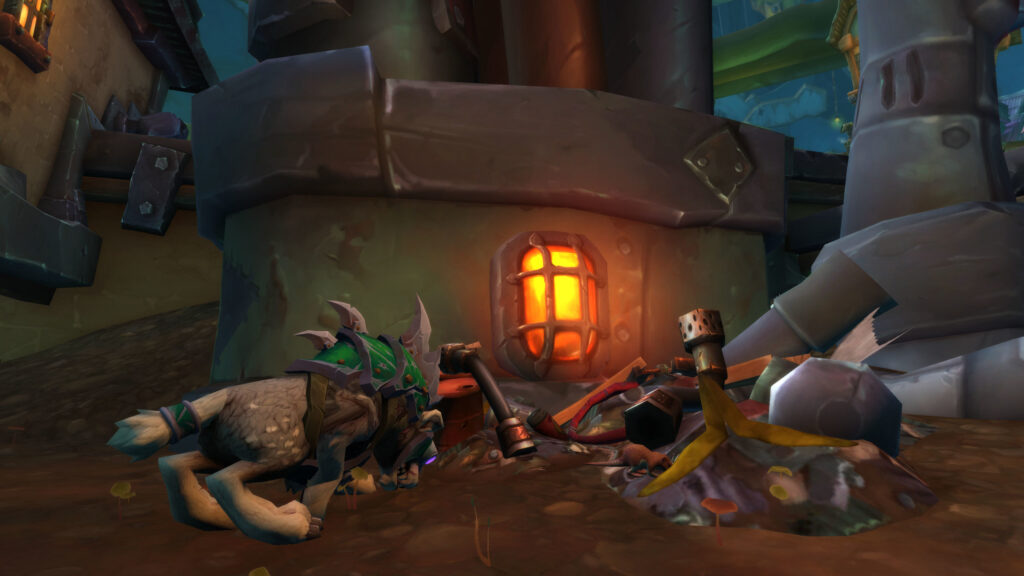
They turn gameplay into self-expression—code as creativity.
The War Within and the Future of Addons
As The War Within modernizes WoW’s core UI, Blizzard continues integrating addon-inspired features directly into the client. Yet the addon community remains vital. Players crave personalization, and as long as WoW evolves, so will its third-party innovators. The future likely holds even deeper integration—addons built to complement rather than replace Blizzard’s systems.
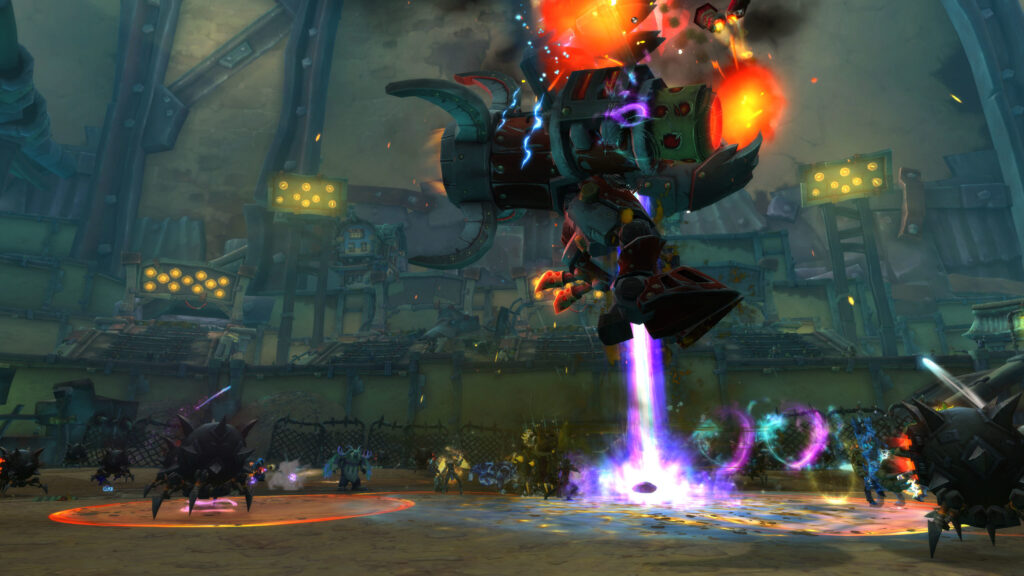
The backbone of WoW isn’t in the code—it’s in collaboration.
Conclusion
Addons started as small tweaks but grew into a cultural cornerstone of World of Warcraft. They empowered players, expanded design possibilities, and forged a bridge between developer and community. More than convenience, they represent trust—Blizzard allowing its players to help shape the experience. Two decades in, addons remain the silent architects behind Azeroth’s enduring complexity.
They are proof that WoW’s true strength lies not in control—but in creativity shared.
